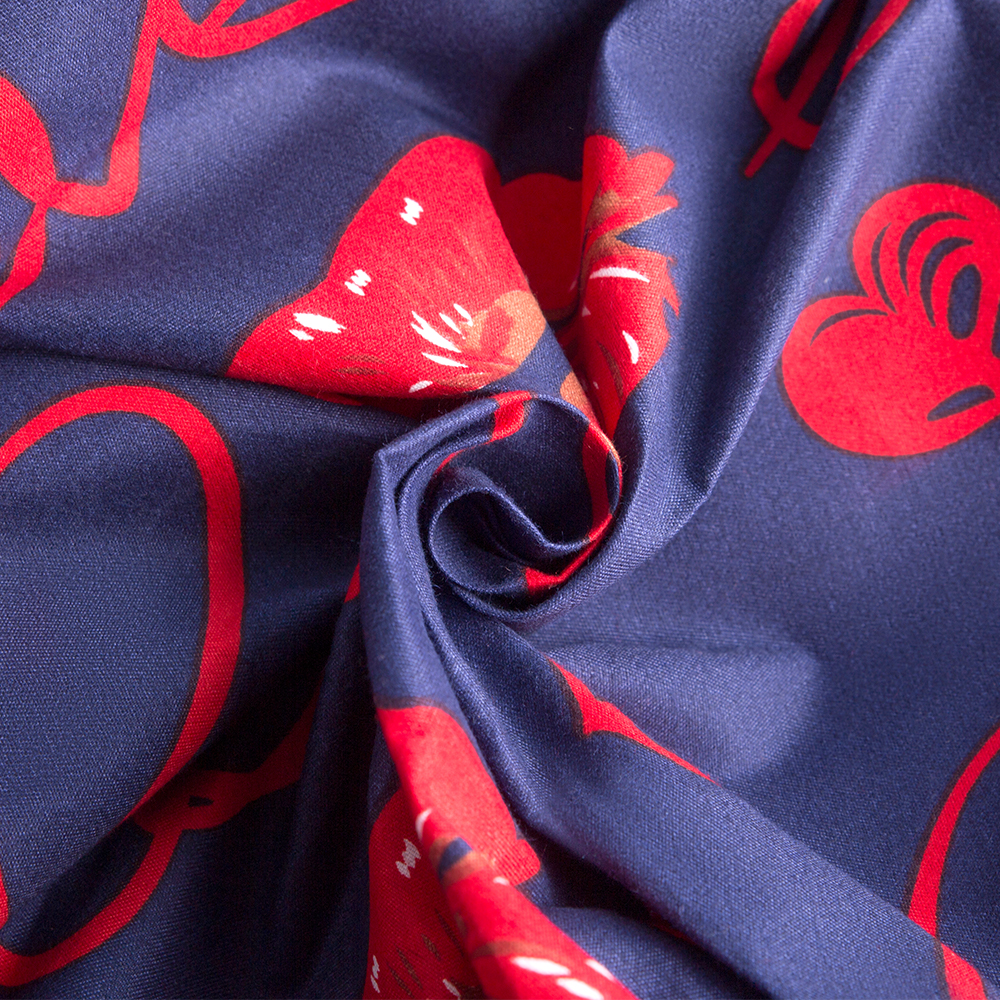Brushed fabric is a specially treated textile material that is favored for its soft feel, excellent warmth retention and diverse uses. Whether it is clothing design, home decoration or industrial application, brushed fabric has shown a unique charm.
The production process of brushed fabric usually includes the following steps:
Weaving: Select suitable fiber raw materials (such as cotton, polyester, acrylic, etc.) for weaving.
Brushing: Use a wire brush or other tools to rub the surface of the fabric to loosen the fibers and form fluff.
Shearing: Trim the brushed fluff to ensure that the surface of the fabric is flat and uniform.
Finishing: Improve the appearance and functionality of the fabric through finishing processes such as dyeing, printing or coating.
Soft and comfortable
The biggest feature of brushed fabric is its soft feel. After brushing, the surface of the fabric becomes fluffy and delicate, which can bring excellent comfort when worn close to the body.
Excellent warmth retention
The fleece layer can lock in air and form an insulating barrier, which effectively improves the warmth retention of the fabric. This makes brushed fleece fabrics ideal for winter clothing and bedding.
Moisture absorption and breathability
Some brushed fleece fabrics (such as cotton brushed fleece) have good moisture absorption and breathability, which can help regulate body temperature and reduce the feeling of stuffiness.
Strong durability
Modern brushed fleece fabrics are usually made of high-strength fibers, which can still maintain good shape and performance even after repeated washing and use.
Diverse designs
Brushed fleece fabrics can present rich colors, patterns and textures through different finishing processes to meet consumers' needs for personalization and fashion.
Clothing field
Brushed fleece fabrics are widely used in the clothing industry, especially in autumn and winter. For example:
Coats and jackets: Polar fleece is a popular material for making outdoor sportswear and casual jackets, which is both light and warm.
Pajamas and home clothes: Flannel pajamas are deeply loved by consumers because of their soft and skin-friendly properties.
Children's clothing: The safety and comfort of brushed velvet fabrics make it the preferred material for baby onesies and children's sleeping bags.

Home decoration
In the home field, brushed velvet fabrics are often used to make products such as sheets, quilt covers, blankets and cushions. Coral fleece blankets have become a must-have winter item for families because of their ultra-soft touch and good thermal insulation effect.
Industrial and functional textiles
Brushed velvet fabrics are also used in some special fields, such as car interiors, sound insulation materials and filter cloths. Its wear resistance and antistatic properties make it perform well in these scenarios.
Sports and outdoor equipment
Because brushed velvet fabrics have both warmth retention and sweat-wicking functions, they are also widely used to make functional clothing such as mountaineering clothes, ski suits and yoga clothes.
4. Summary of the advantages of brushed velvet fabrics
Environmental protection and sustainability
With the increase in environmental awareness, many brushed velvet fabrics have begun to be made of renewable fibers (such as bamboo fiber or recycled polyester), reducing the impact on the environment.
Economical and affordable
Compared with natural cashmere or wool products, brushed velvet fabrics are more affordable while still providing similar comfort and warmth.
Versatility
Brushed velvet fabrics can be customized according to different needs. Whether you pursue a fashionable appearance or focus on functionality, you can find the right product.
Easy to care
Most brushed velvet fabrics are wrinkle-resistant and easy to clean, and daily maintenance is simple and convenient.
With the advancement of technology and changes in consumer demand, brushed velvet fabrics are moving towards a smarter and more environmentally friendly direction. For example:
Smart brushed velvet fabrics: Incorporating temperature control technology or conductive fibers to achieve functions such as heating and heart rate monitoring.
Antibacterial and anti-allergic treatment: Antibacterial brushed velvet fabrics developed for people with sensitive skin will further enhance product safety.
Sustainable innovation: More companies will focus on the research and development of bio-based materials and zero-waste production processes to promote the green development of the brushed velvet fabric industry.
With its soft, warm, durable and diverse characteristics, brushed velvet fabrics have become an indispensable part of modern life. From a warm home environment to a challenging outdoor adventure, it provides people with comfort and convenience. In the future, with the continuous emergence of new materials and new technologies, brushed velvet fabrics will surely play an important role in more fields, adding more possibilities and wonderful experiences to our lives.





 English
English
 中文简体
中文简体






